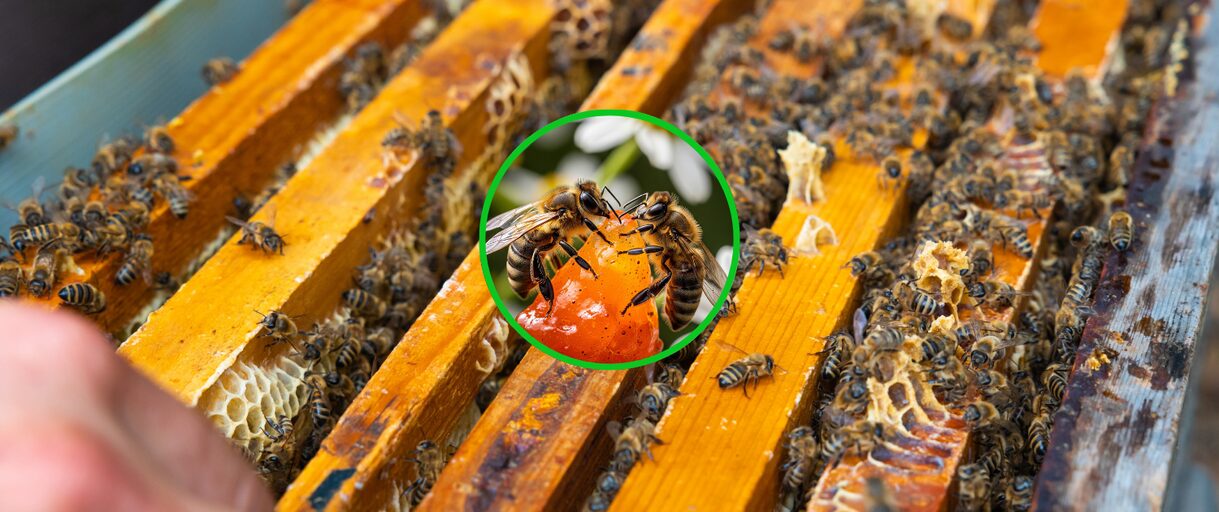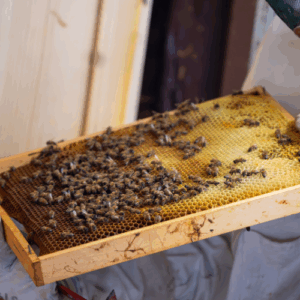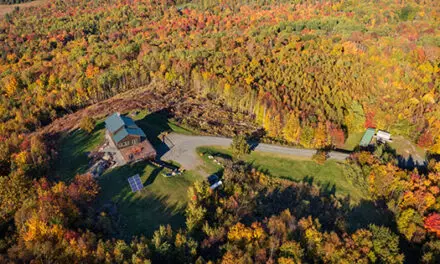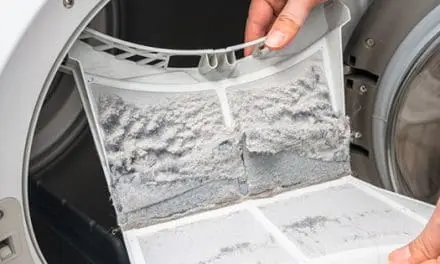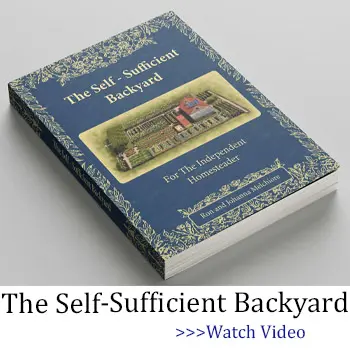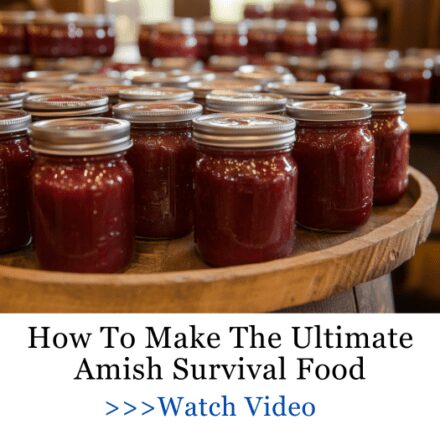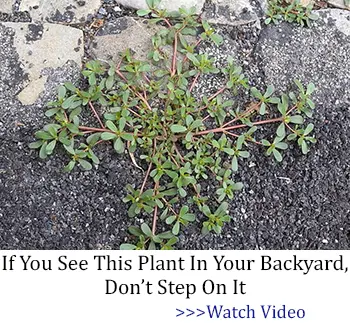What if I told you that one of the most powerful allies in your garden doesn’t come from a seed packet, but has wings? 🐝 Most people assume beekeeping is complicated, expensive, or only for seasoned homesteaders. But the truth might surprise you. Growing bees (yes, growing them) is far easier than you think, and the benefits go way beyond honey.
As homesteaders, we have all thought about having a beehive in our yard to enjoy fresh local honey while boosting pollination. But just when we’re about to dive in, a swarm of myths tends to cloud the way…
Let’s debunk all of these common misconceptions right now.
Breaking the Myths Revolving Around Beekeeping
Beekeeping is an exciting endeavor, however, it is still surrounded by several common myths such as: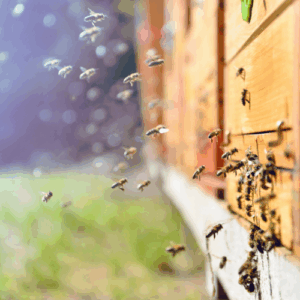
Beekeeping Can Harm Bees
Many people do believe that beehives can disrupt the natural lives of bees. The reality is that beekeeping can actually support and strengthen bee populations. When done responsibly, this practice can provide bees with a safe environment to thrive. And this is the reason beekeepers often raise bees in areas where they are getting extinct due to pesticide use or habitat loss.
Bees Are Aggressive
Let’s be honest, growing up, we all have feared honey bees because of their aggressive nature. However, in reality, bees are docile and will never sting when unprovoked. Beekeepers, for this reason, use calm and slow movements when handling hives so the bees won’t feel threatened around them.
Beekeeping Is Not Beginner Friendly
Another myth about beekeeping is that it requires too much hard work. If you’re just starting, let me just tell you, beekeeping is the most beginner-friendly project you can work on. Why? Because bees are self-sufficient. They can get themselves food and build their combs. As a beekeeper, your only role would be to inspect occasionally and ensure favorable circumstances.
It Is Expensive to Raise Bees
Beekeeping can absolutely be started on a budget. While some equipment may seem expensive, there are plenty of affordable and DIY alternatives for beginners. Even if the initial setup costs a bit more, remember—a healthy hive is largely self-sustaining, requiring minimal maintenance.
How Can Growing Bees Reward Backyard Gardeners?
When you have beehives in your yard, expect them to gift your space with:
Enhanced Biodiversity
Bees can help in supporting plant diversity and local wildlife in your backyard. Wherever they reside, they ensure to attract other beneficial pollinators, which in turn encourages the growth of plants in the surrounding area.
Increased Pollination
When you have beehives on your homestead, expect everything to be green, thriving, and lively. The thing about bees is that they are natural pollination experts. As they buzz from one flower to another, they fertilize your plants and prepare them to produce healthier yields, juicier fruits, and bright blooms, all thanks to the bees.
Readily Available Organic Honey
One of the obvious reasons we all want to have beehives in our backyard is the perks of having fresh organic honey. Let’s be real, store-bought honey has lost all its charm. It is often processed and loaded with artificial flavors. In contrast, honey from your garden is flavorful, pure, and has all the natural goodness you simply can’t find on a supermarket shelf.
The Hidden Healing Power of Your Backyard Hive
Beyond the taste, raw honey has been used for generations as a natural remedy. It can soothe sore throats, ease coughs, help with seasonal allergies, and even speed up the healing of minor cuts and burns thanks to its antimicrobial properties. When you keep bees, you’re basically stocking your very own healing cabinet.
And if you go a step further, your hives will also provide beeswax and propolis. These two ingredients are staples in old-time salves, balms and tinctures, used for everything from chapped skin to boosting immunity. Having a beehive isn’t just about pollination or honey, it’s about reviving a self-sufficient way of living that’s hard to come by these days.
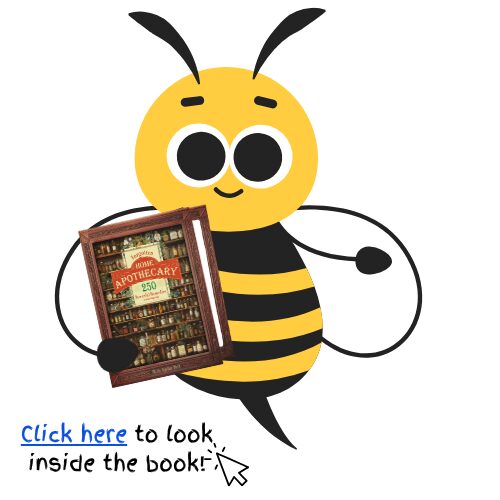 Here are just a few time-tested remedies you can create with ingredients straight from your hive:
Here are just a few time-tested remedies you can create with ingredients straight from your hive:
🩸Heavy Metal Detoxifier – flushes out mercury, aluminum, and lead from your bloodstream using safe, herbal chelators
🦠Nature’s Amoxicillin – a plant-based antibacterial formula to help fight infections and boost immunity
🌿Herbal Parasite Flush – a powerful three-ingredient recipe to eliminate worms and cleanse your gut
🧬White Cell Boosting Juice – a raw blend of immune-supportive fruits and honey to help the body fight back.
🪄“Better Than Collagen” Elixir – A mineral-rich blend said to support skin, nails, and joint health.
🔥Amish Fire Cider – A tonic made with raw honey, garlic, vinegar, and hot peppers to clear sinuses and boost circulation.
🌙Moon Milk – A honey-sweetened bedtime drink known to promote deeper, more restful sleep
🍯Antiviral Herbal Honey – Infused with immune-boosting herbs to help ward off seasonal bugs.
🫚Honey Lemon Ginger Cough Drops – A soothing classic that calms the throat, clears congestion, and supports immunity.
All of these recipes, and many more, can be found inside Nicole Apelian’s Forgotten Home Apothecary, where she brings back the powerful, plant-based healing traditions our grandparents once relied on.
The Forgotten Home Apothecary is your ultimate guide to replacing chemical-laced, pharma-dependent products with powerful, time-tested remedies you can make at home.
You’ll learn exactly how to make your own tinctures, capsules, oils, teas, salves, elixirs, syrups, and poultices from plants you can find growing around you — or already in your kitchen.
 Click here to get The Forgotten Home Apothecary before it’s gone. Limited edition. Real remedies. No chemicals.
Click here to get The Forgotten Home Apothecary before it’s gone. Limited edition. Real remedies. No chemicals.
How to Attract Bees on Your Homestead
Don’t worry, you can have beehives on your farmstead too. You only need to:
Plant as Many Flowers as You Can
The most fun and easiest way to attract bees into your garden is by planting a variety of attractive blooms. Especially the bright colored ones, as the bees are die-hard fans of them. Consider planting these plants at various locations across your garden and choose blooms that can thrive at different times of the year. This way, your bees will have a consistent food source all the time.
Provide Safe Shelter and Drinking Water
Bees are all up for a space that feels safe, secure, and away from the hustle and bustle of the weather. To invite them into your garden, offer them shelter in a shaded place. You can also bring bee houses and have them installed in your backyard. Don’t forget fresh drinking water too–a clay pot with water and some stones would work the best.
Ensure a Pest-Free Environment
Bees, most importantly, honeybees avoid spaces that have pest infestations. First of all, ensure your backyard is free of harmful insects. Secondly, regularly inspect beehives for signs of pest invasions to take action timely. Additionally, keep your backyard clean and avoid using unnecessary chemicals nearby to create a safe and welcoming environment for your bees.
Related: What Happens If You Place A Beehive In Your Backyard
A Forgotten Amish Trick to Attract Pollinators
The Amish have long used honey not just for flavor, but as a practical preservative. Before refrigeration was common, they often coated cured or smoked meats in honey to create a natural barrier against moisture and bacteria. Honey’s antimicrobial properties help slow down spoilage, especially when combined with drying or smoking. In some communities, a thick honey glaze would be brushed over hams or sausages before storing them in a cool, dry cellar – an old-world method that still works wonders today.
A few hives in the backyard meant a steady supply of honey, beeswax, and even propolis, which they also used for everything, from wound care to waterproofing.
While most folks focus on planting flowers and keeping things pesticide-free, I recently stumbled across an old Amish method for drawing in pollinators, all while keeping pests away. It’s unlike anything I’ve tried before.
They’ve been using it for generations, and it works so well that their gardens practically hum with life, even when surrounding areas struggle with pollination. It’s simple, subtle, and surprisingly effective.
I won’t spill all the details here, but if you’re curious about what the Amish do differently, there’s a place you can find out.
Things to Avoid When Beekeeping
Beekeeping is straightforward, it doesn’t require any rocket science. Nevertheless, like any homesteading project, there are a few things you need to avoid to have your beehive thrive the best. Some common mistakes to steer clear of are:
- Harvesting Honey Too Soon: Unless honey is harvested within the proper time, it will later ferment or become spoiled completely. Always try to wait until cells get fully capped. This implies bees have cured the honey well, and the water content is reduced.
- Forgetting New Colonies: Although bees are independent, new colonies need to be assisted in settling down, particularly within their first year. Keep an eye on food supplies, colony size, and hive temperature to establish a successful foundation that will be able to sustain itself in the future.
- Not Verifying the Status of the Queen: Your queen is the focal point of your hive, and her health is paramount for productivity. If she is damaged, lost, or weakened, your colony will quickly disintegrate. Look for evidence of her daily presence by inspecting for eggs or larvae, even if you cannot always locate her personally.
Related: 10 Long-Lasting Foods You Can Make From Honey
Final Thoughts
Hopefully, this guide has busted all those myths that tell you that bee raising is hard on your homestead. The truth is, beekeeping is low maintenance, easy, and does not entail you purchasing any high-tech equipment. With a bit of love, care, and patience, you will be able to foster a healthy and thriving ecosystem in your backyard.
So, get your sleeves rolled up and start getting your garden ready to welcome nature’s most vital pollinators. Your plants and crops will thank you for it.
Have You Been Using Fake Honey?
A Walgreens Is Opening In Your Backyard (Video)
How to Attract Ladybugs To Your Garden – Nature’s Crop Guardians
Gardening Myths That Are Actually True
Why You Should Add Calendula To Your Garden

